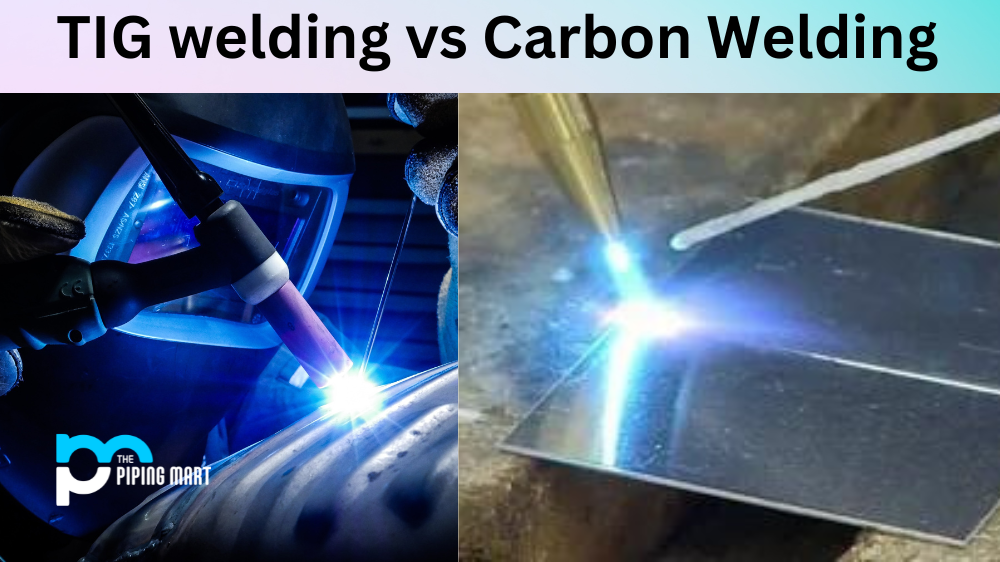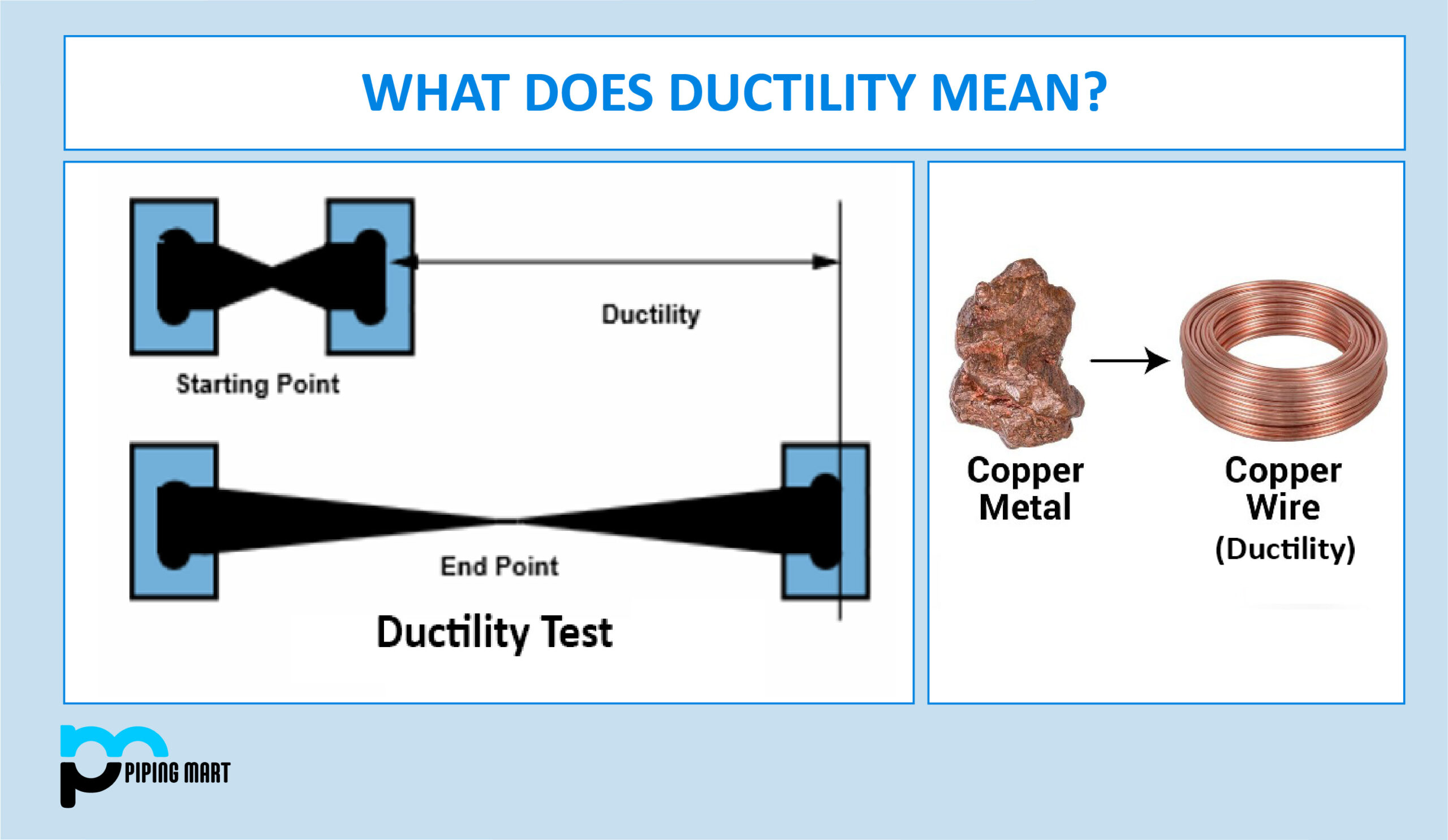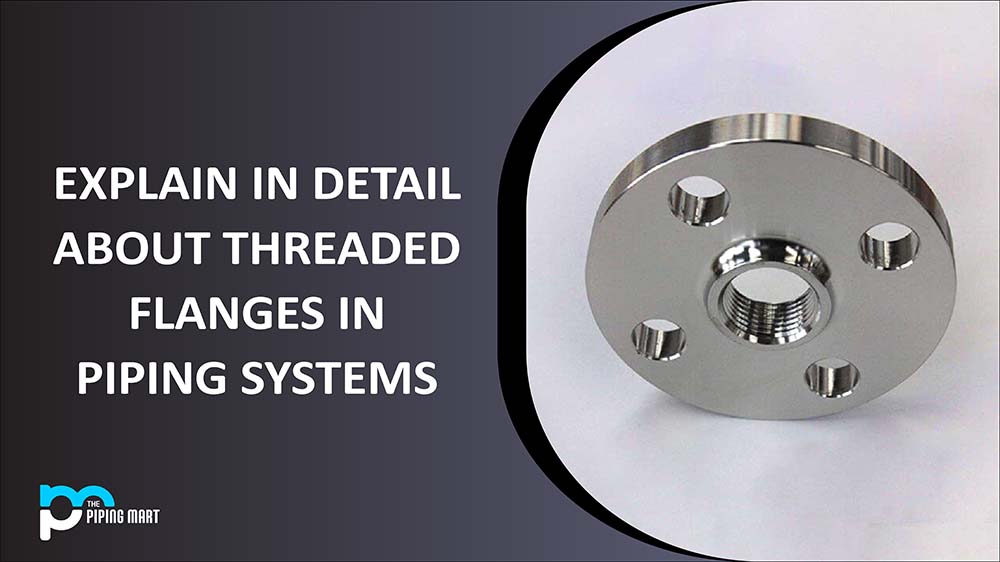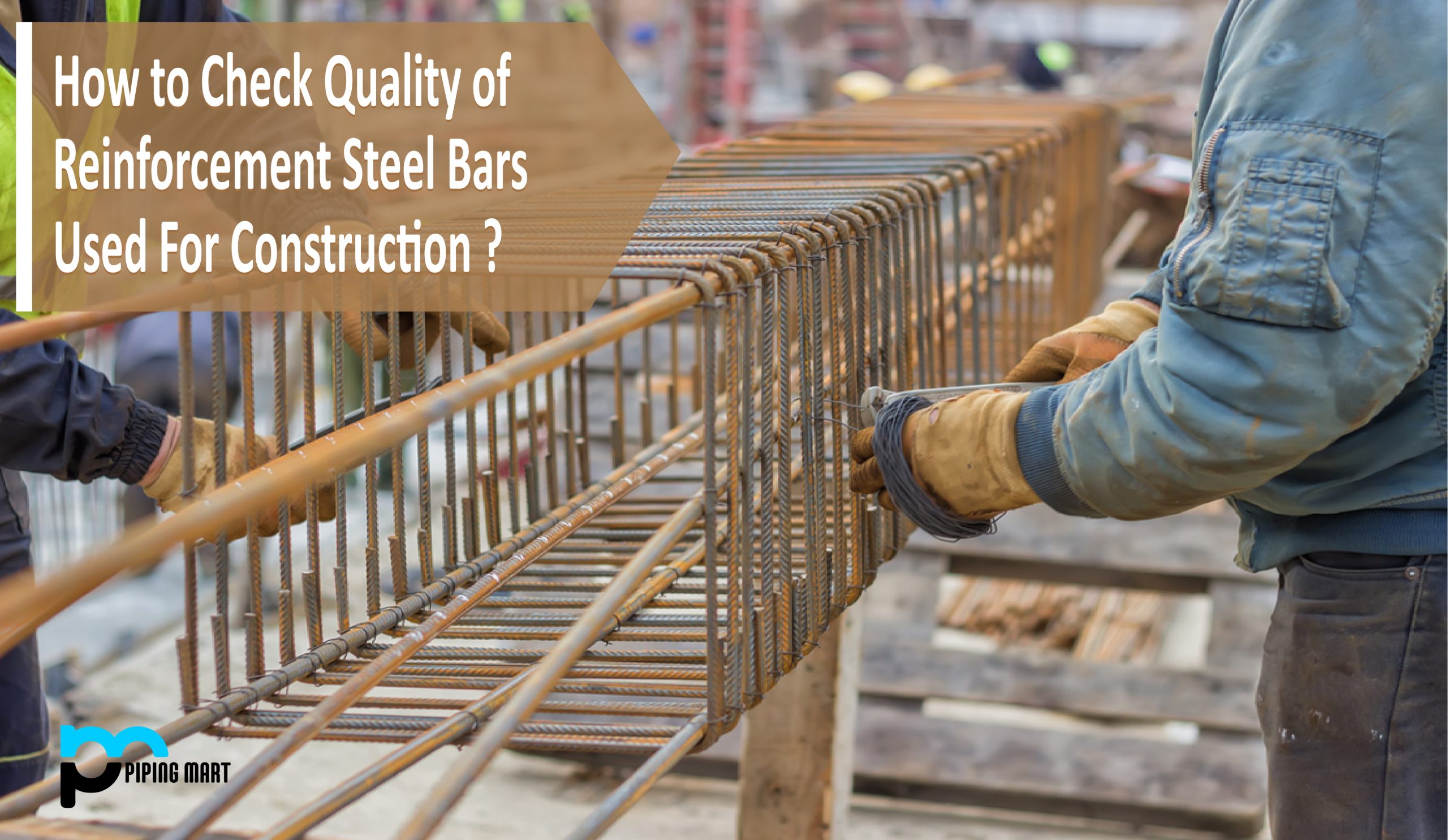Welding is a useful skill to have in any industrial setting. There are two main types of welding: TIG welding and carbon welding. While similar, there are key differences between the two that make them best suited for different jobs. Below, we will dive into the details of both TIG and carbon welding so you can decide which type is best for your next project.
What is TIG Welding?
TIG (inert tungsten gas) welding is an arc-welding process that uses a tungsten electrode to join metals together. This type of welding requires a great deal of precision as it relies on manually feeding the electrode into the weld puddle while also controlling the flow of shielding gas over the weld area. It’s often used when working with thinner materials since it gives welders more control over their work than other processes do. However, due to its complexity, it requires a great amount of practice and skill to perfect.
What is Carbon Welding?
On the other hand, carbon welding (also known as inert metal gas or MIG welding) uses an electric arc to melt metal together. This method typically uses a filler material along with an external shielding gas to create strong joints between metal pieces. Unlike TIG welding, this technique does not require manual feeding of the electrode into the weld puddle and instead relies on automated feeders that continuously supply the filler material during the welding process. As such, it’s much faster than TIG welding but may not always produce as strong of welds since more heat is generated than with TIG welding.
Difference Between TIG Welding and Carbon Welding
Advantages of TIG Welding
Some of the advantages of TIG welding include the following:
- The welds produced are very strong and precise.
- TIG welding can be used on a variety of metals, including aluminium, stainless steel, and titanium.
- The welder has more control over the welding process than with other types of welding.
- TIG welding produces less smoke and fumes than other types of welding.
Advantages of Carbon Welding
Some of the advantages of carbon welding include the following:
- The welds produced are very strong and durable.
- Carbon welding can be used on a variety of metals, including cast iron and steel.
- The welder has more control over the welding process than with other types of welding.
- Carbon welding produces less smoke and fumes than other types of welding.
Disadvantages of TIG Welding
Some of the disadvantages of TIG welding include the following:
- TIG welding is more expensive than other types of welding due to the specialized equipment required.
- TIG welding is not well suited for outdoor applications as the wind can blow away the shielding gas protecting the weld area.
- TIG welders require more training than other types of welders due to the complexity of the process.
6 Disadvantages of Carbon Welding
Some disadvantages associated with carbon arc welding include the following:
- Carbon arc welding can be dangerous as it produces harmful ultraviolet rays
Conclusion:
In summary, when it comes to TIG vs carbon welding, there are pros and cons to each method depending on what kind of job you need to be done. For projects requiring a high level of precision or those involving thin materials, then TIG welding may be your best option. If speed and strength are your primary concerns, however, then carbon or MIG welding may better suit your needs. Ultimately though, it’s important to consider all available options before starting any project, as different methods will yield different results!

Pipingmart is a B2B portal that specializes in metal, industrial and piping items. Additionally, we share the latest information and information about materials, products and various types of grades to assist businesses that are involved in this business.




